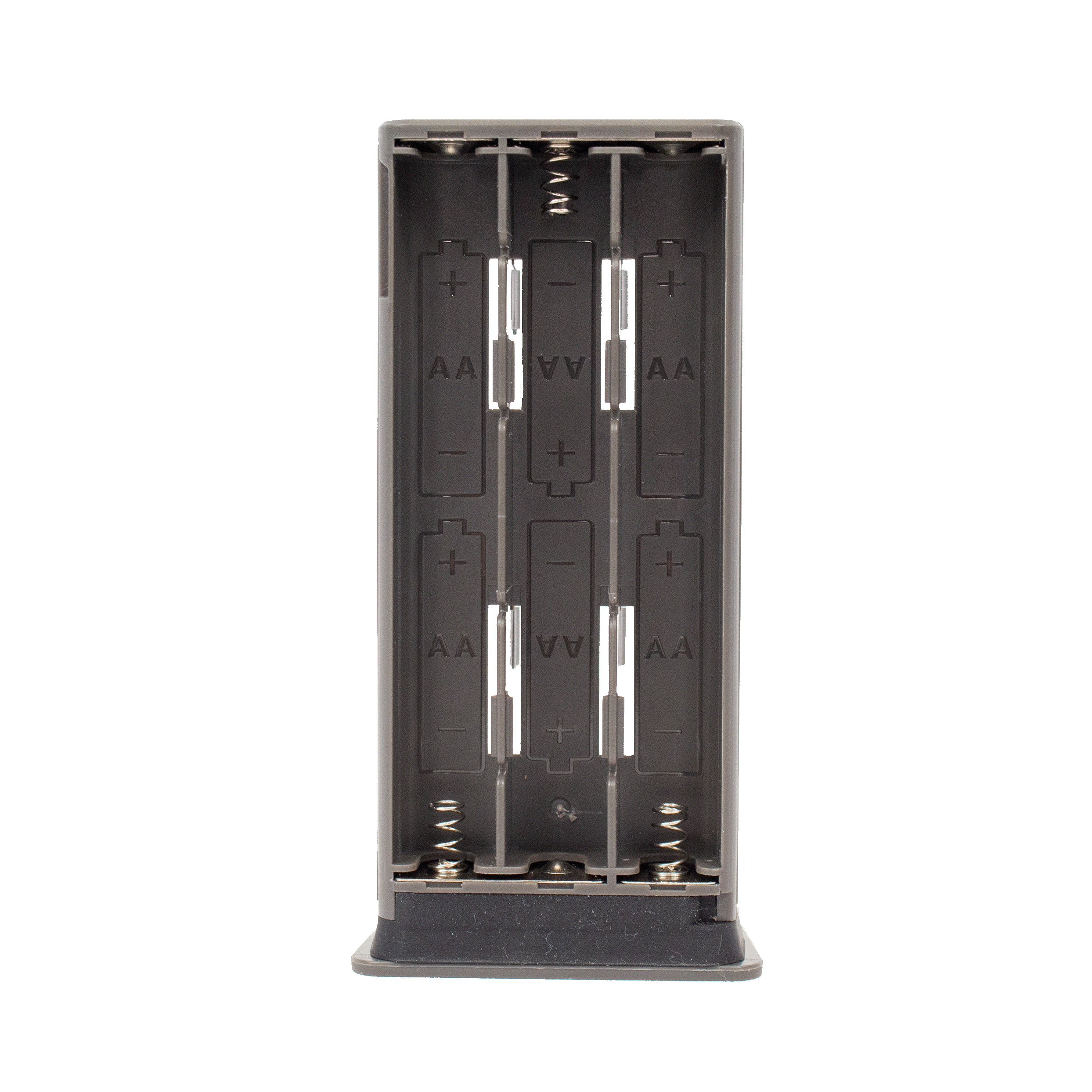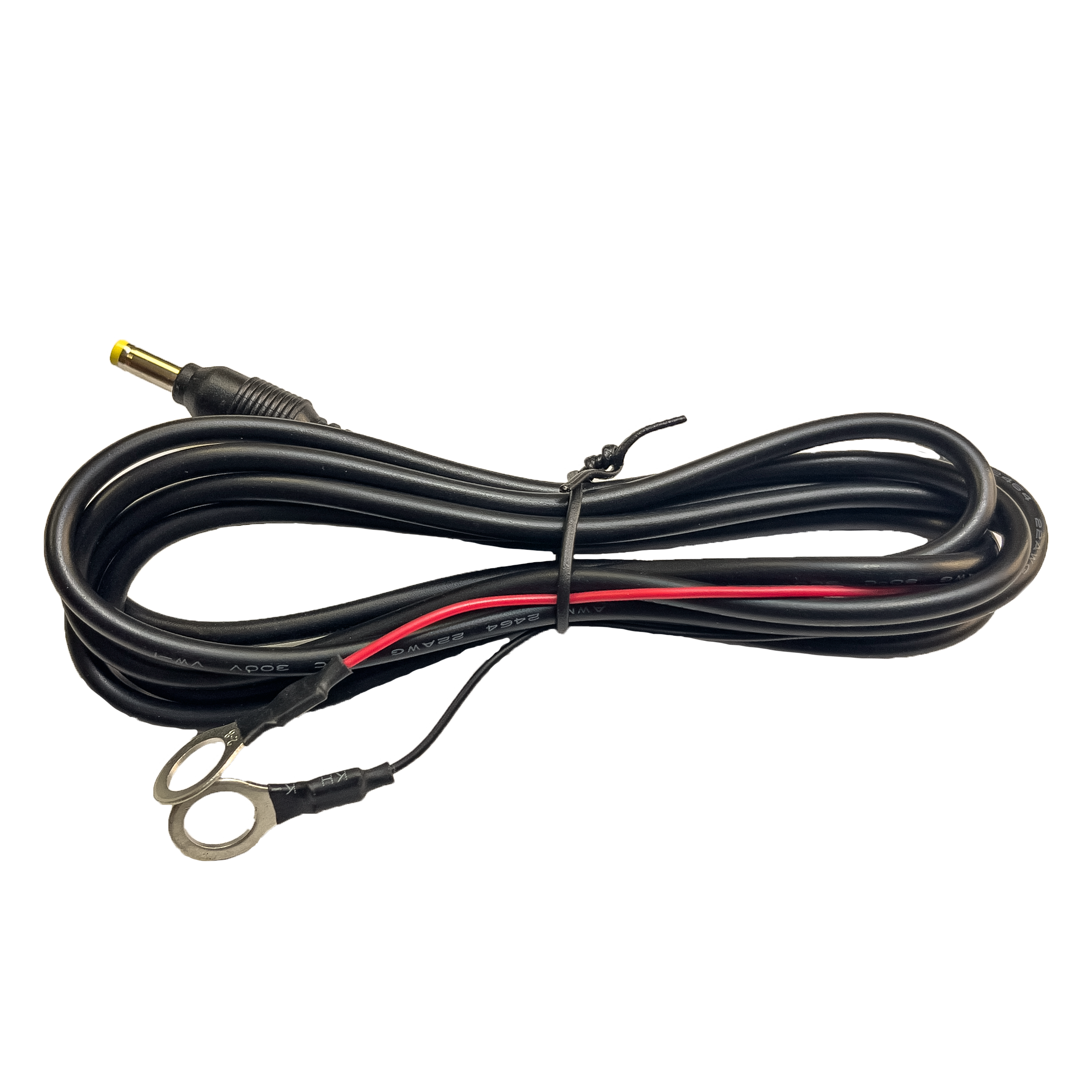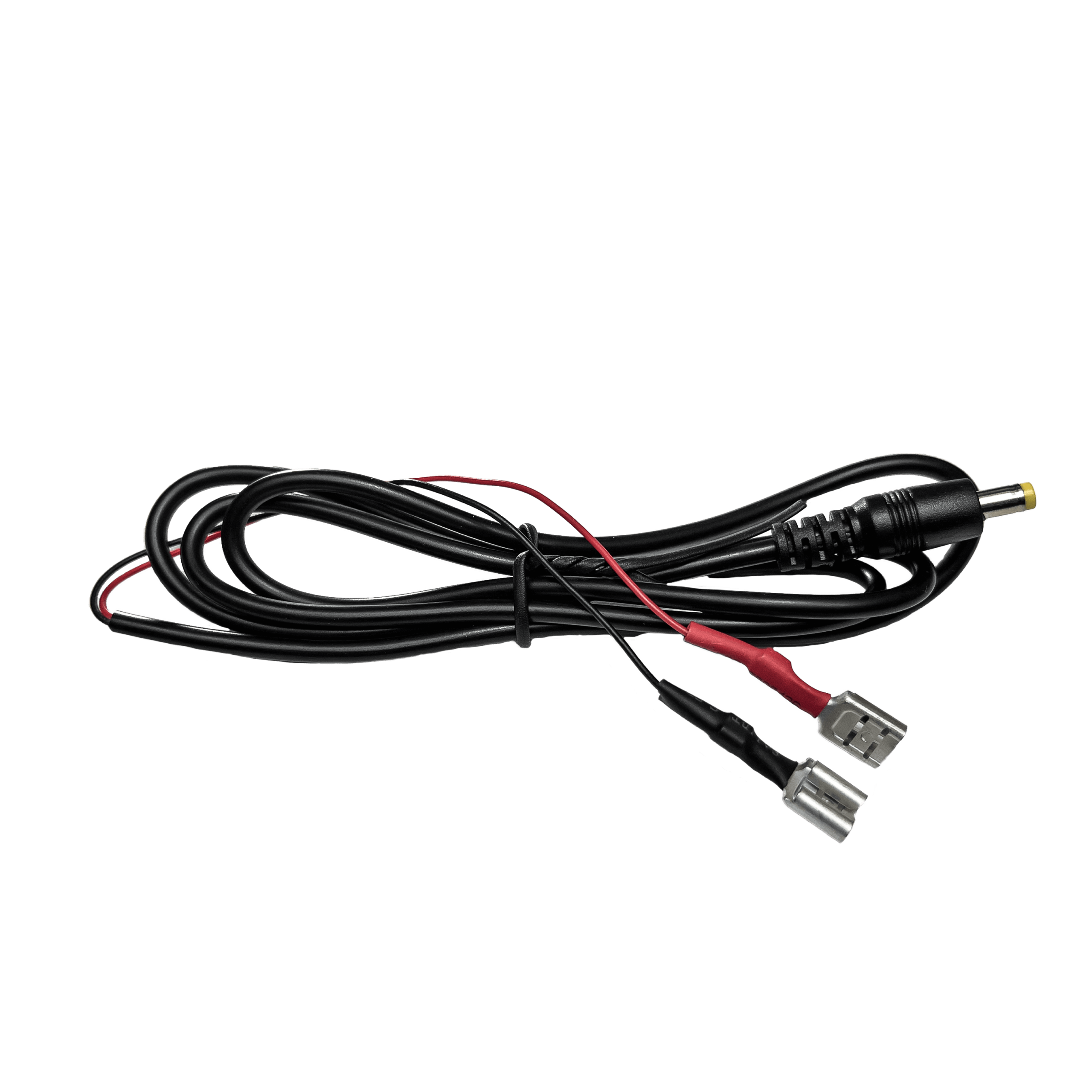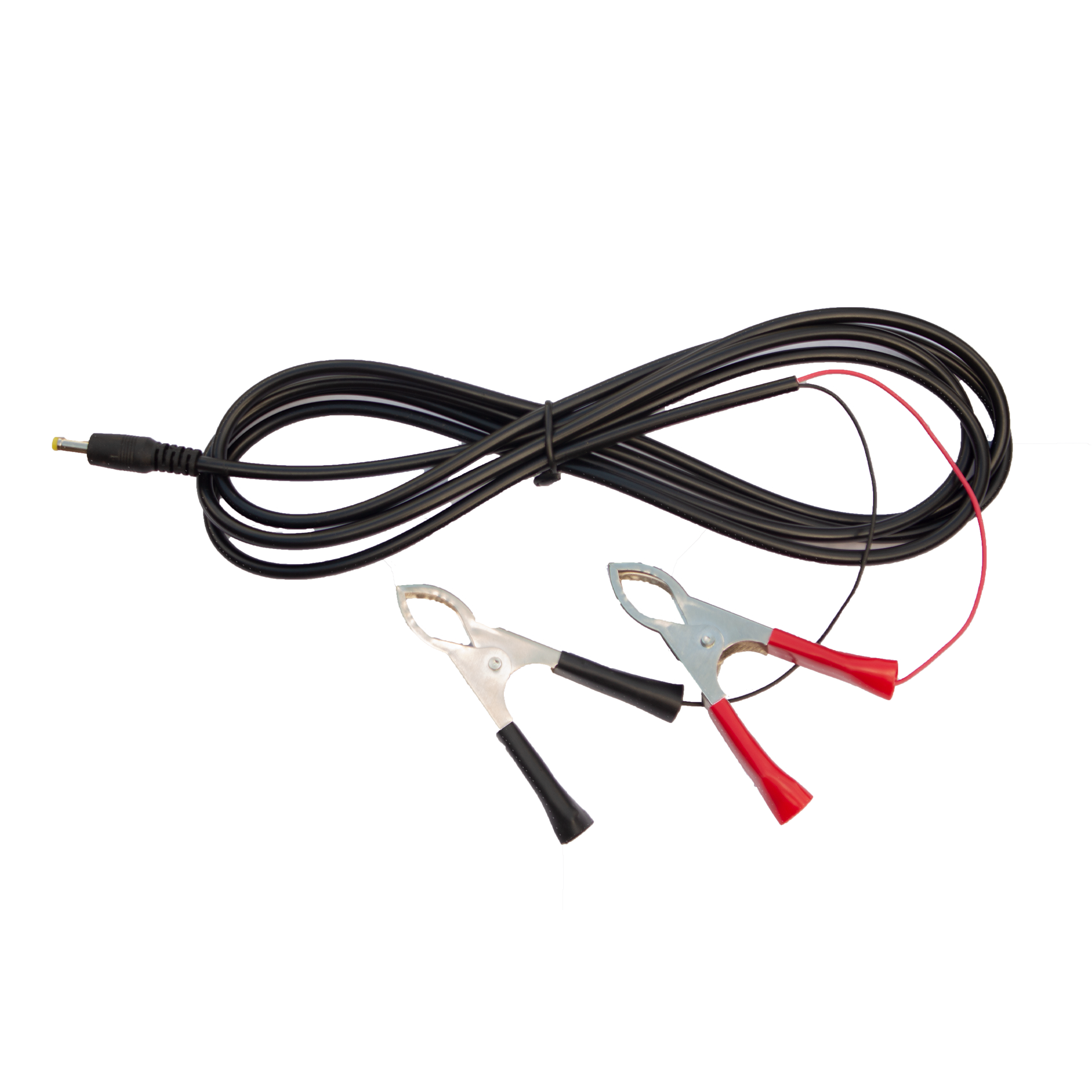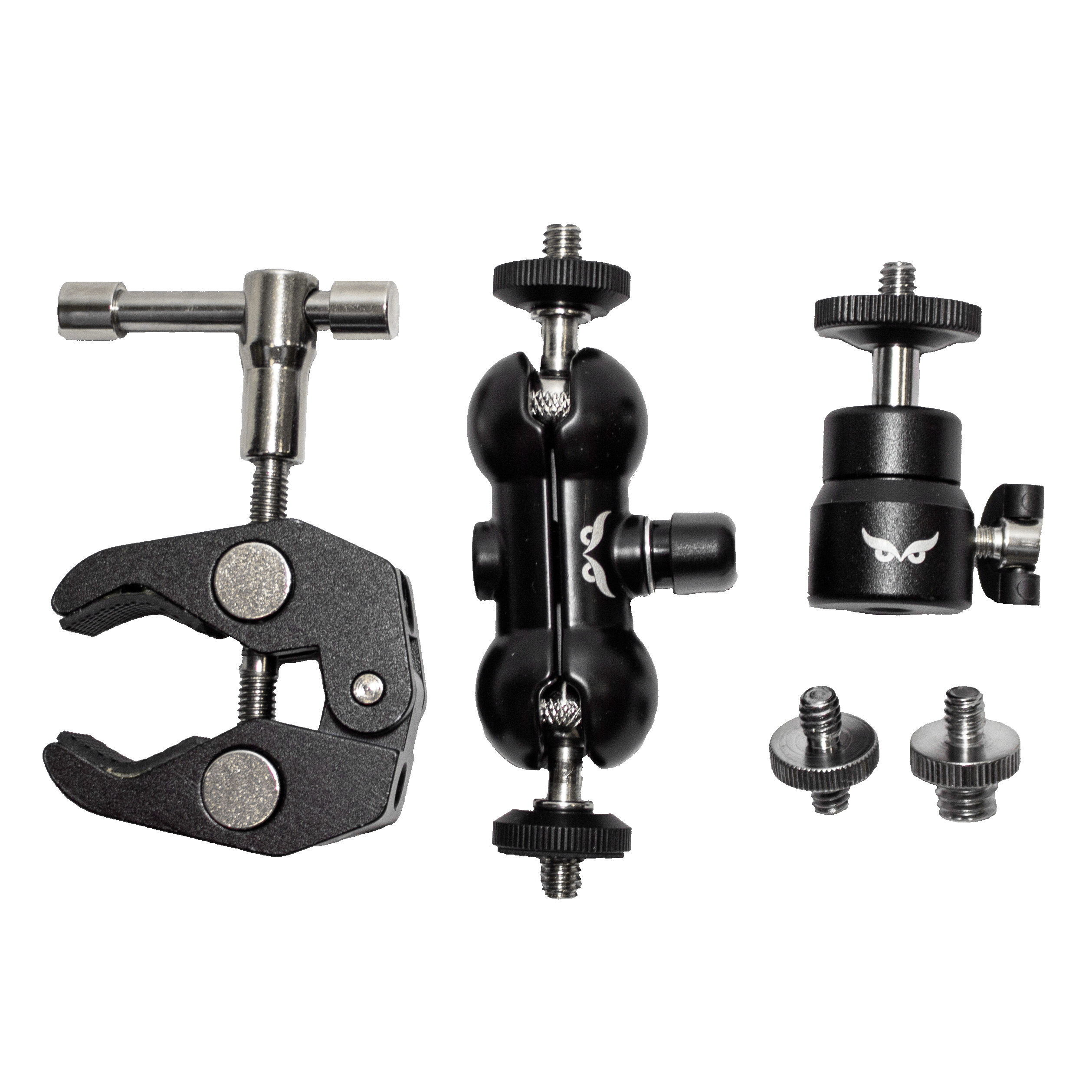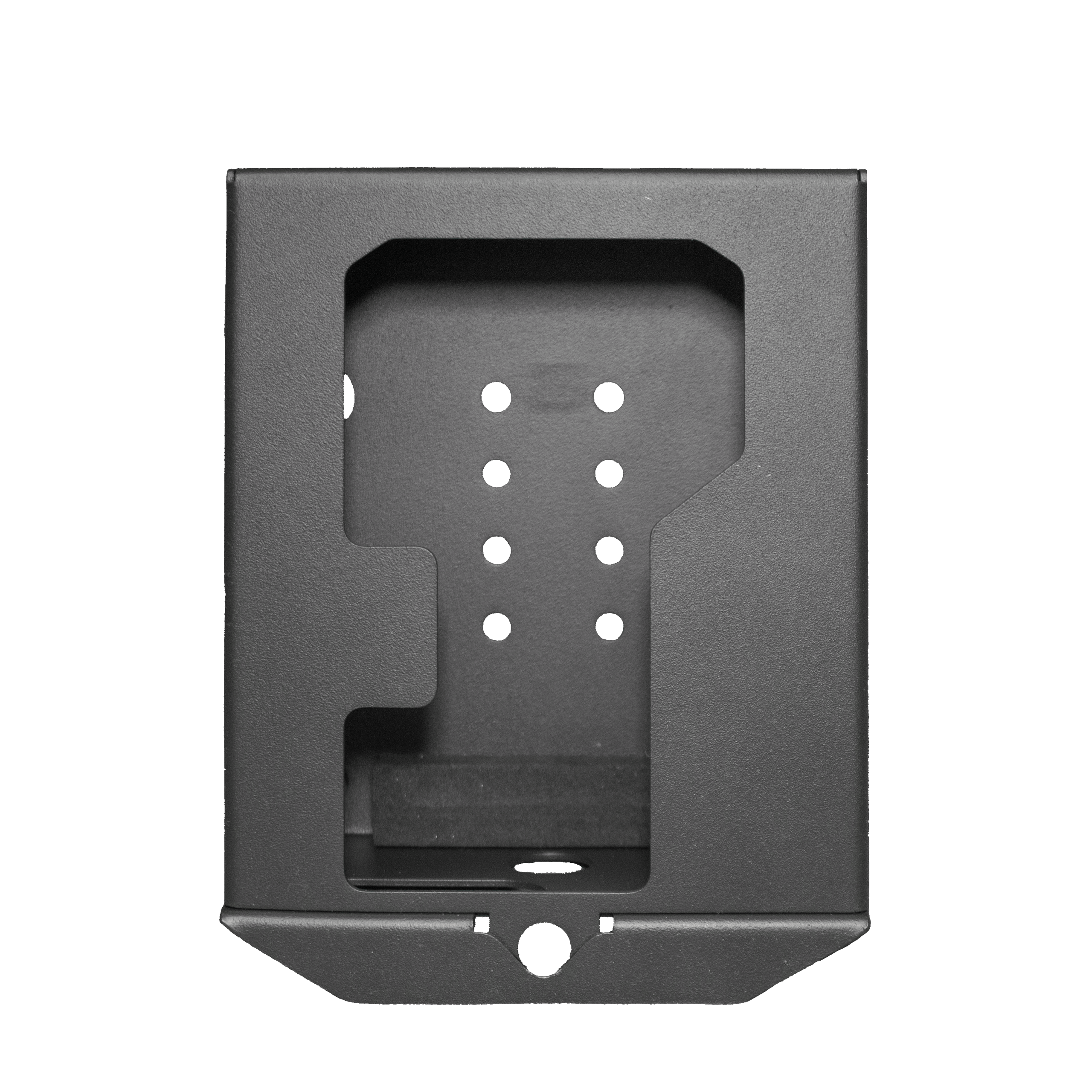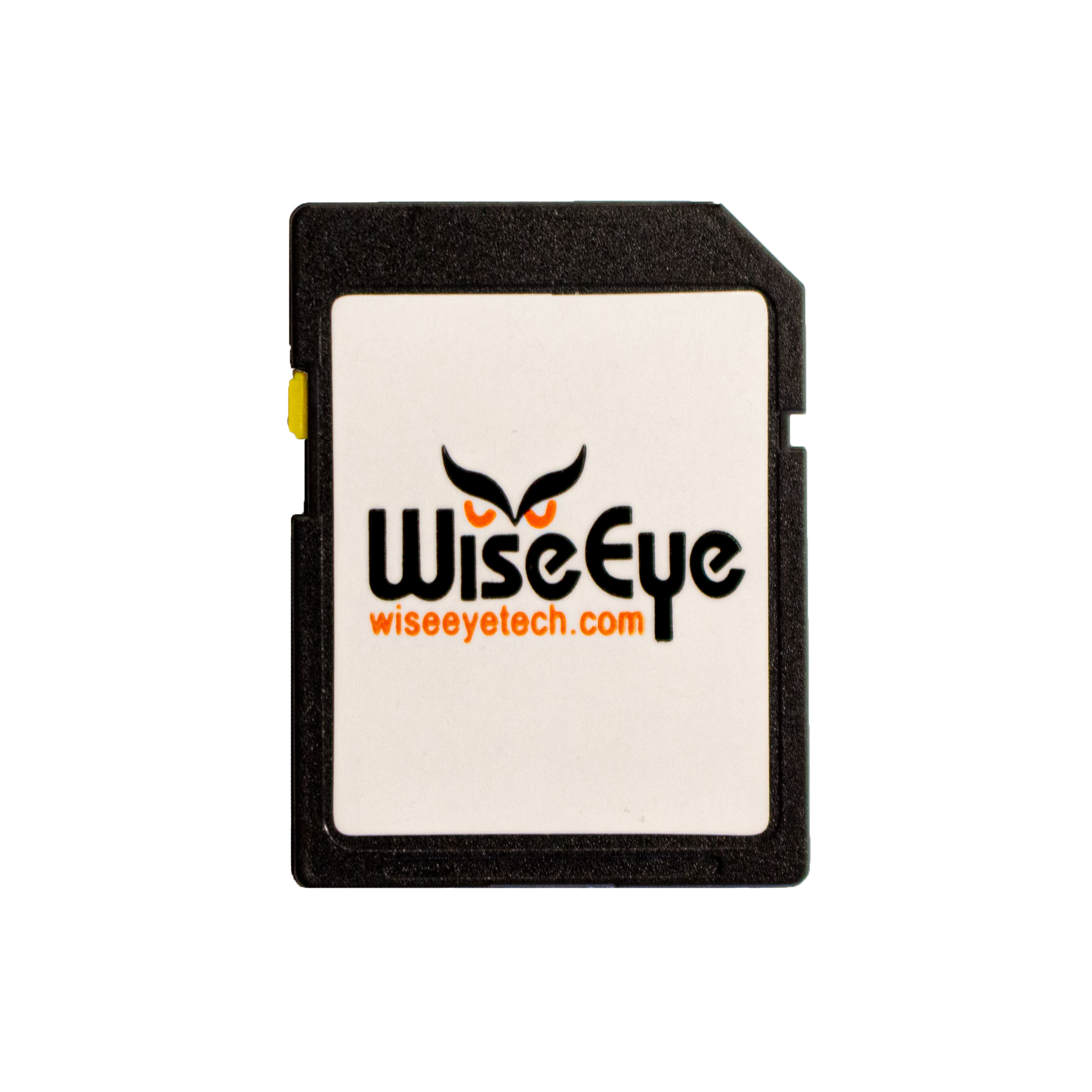Keep Your Hunting Dog Safe in The Field
Would you know what to do in case disaster struck while out in the field with your hunting or sporting dog? Despite the 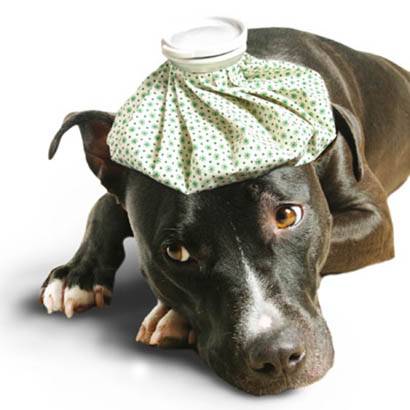 resiliency of most hunting/sporting breeds, these pets often encounter a unique set of threats when out on a hunt or in the field with their owners. Listed below are canine first aid tips, including how to put together a pet first aid kit.
resiliency of most hunting/sporting breeds, these pets often encounter a unique set of threats when out on a hunt or in the field with their owners. Listed below are canine first aid tips, including how to put together a pet first aid kit.
Assembling a K9 First Aid Kit
What items belong in a dog first aid kit? A good rule of thumb is that canine first aid is similar to human first aid, and many injuries or illnesses can be treated similarly. The bare necessities of any good kit includes:
-a first aid guide
-hydrogen peroxide
-saline solution
-Styptic pencil
-thermometer/lubricant
-tourniquet
-gloves
-blanket
-tweezers
-scissors
-triple antibiotic ointment
-gauze
-cotton swabs
-veterinary self-cling wrap
-plastic syringe
-material for splint
Additional items specifically geared towards field dogs include:
-pad healing product to protect paw abrasions
-skin staples
-insecticidal ear wash
-Benadryl
-needle nose pliers
-super glue
-trauma shears
-knife
-canine aspirin
-salt
-sugar
-bottled water
There are also several excellent pre-assembled Dog Specific First-Aid Kits on the market.
First Aid in the Field
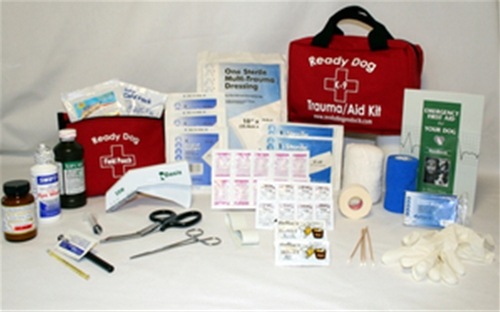 A field emergency requires immediate attention and quick-thinking. Take the necessary time to stabilize your dog, but then seek professional help as quickly as possible. Listed below are common emergencies and how to treat them.
A field emergency requires immediate attention and quick-thinking. Take the necessary time to stabilize your dog, but then seek professional help as quickly as possible. Listed below are common emergencies and how to treat them.
Dehydration
Especially on warm days, dehydration can hit field dogs who are too excited (or too focused on their job) to stop and drink water. Signs of dehydration include loss of elasticity in the skin, dry/sticky gums, and thick saliva. In severe cases, the dog may collapse. If you fear your dog may be dehydrated, prepare an electrolyte solution containing 1 liter of water, ½ teaspoon of salt, and 3 tablespoons of sugar. Every 15 minutes, give your dog a ¼ of the solution, continually monitoring symptoms.
Wounds
A common injury among field dogs is flesh founds, which can arise from any number of sources. The best way to clean a wound is to rinse the area with saline solution (avoid harsh disinfectants, such as hydrogen peroxide or rubbing alcohol, as these may damage the exposed flesh). If no saline solution is available, you can make your own using 1 tablespoon of salt for every gallon of water. Next, apply antibiotic ointment to the wound and cover with gauze and medical tape. If stitches are necessary, do not apply antibiotic ointment to the area but simply clean the wound, cover the injury, and get your dog to the nearest veterinarian immediately.
Broken Bone or Sprain
It can be impossible to tell the difference between a sprain, strain, or broken bone without an x-ray, so each injury should be treated similarly until a proper diagnosis can be made. If your dog is limping, unwilling (or unable) to put weight on the affected leg, or has a visibly broken bone, the best course of action is to carefully immobilize the area by making a splint. Common emergency splint material includes cardboard or a rolled up newspaper. Next, tape the splint and then carry your dog (if possible) to the nearest veterinarian. If your dog is in pain, administer the recommended dosage of aspirin. Owners of hunting/sporting dogs may also want to ask their veterinarian for a prescription for Tramadol, which will not only relieve pain, but also induce drowsiness in the dog.
For Information on Pet CPR, visit our previous post.
At HuntEmUp.com, we know sporting dogs. From the time they’re a puppy, through their senior years, we’ll keep you informed on the latest news and information. For more information on Training, Preparing and Caring for your Dogs, read our Hunting and Sporting Dog blog.
Join Our HuntEmUp.com Customer Club Today!
Join Our Customer Club and be entered in our Monthly Giveaway and a chance to Win products and more!
Join for FREE Today – Click Below to Get Started!





